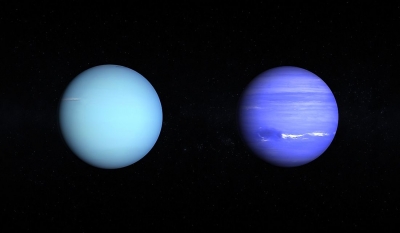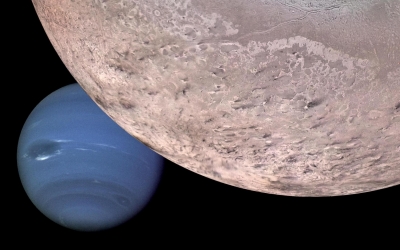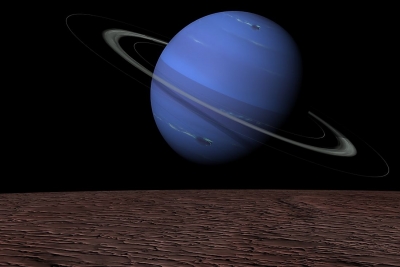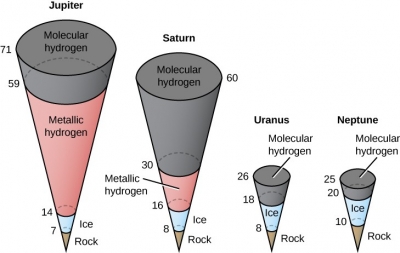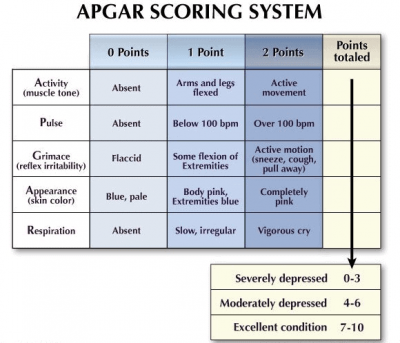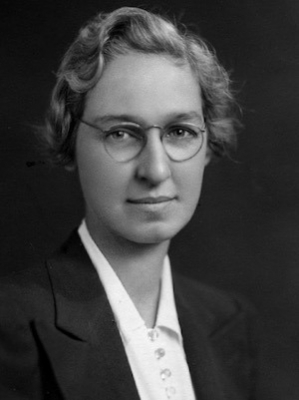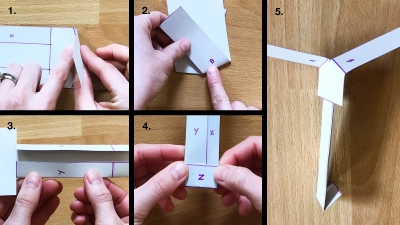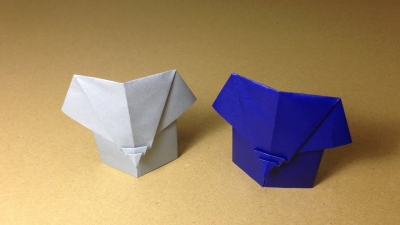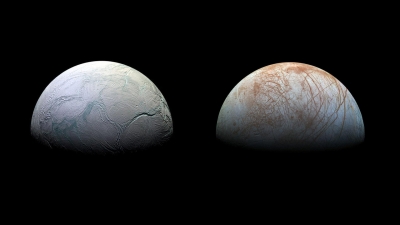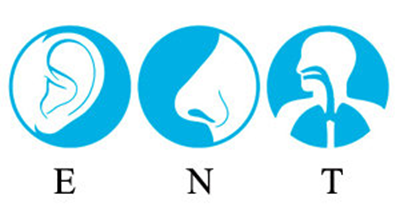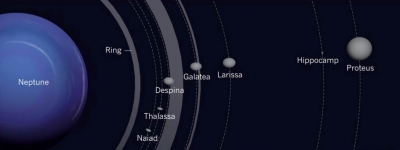
Neptune, that icy gas giant that is the eighth planet from our Sun, was discovered in 1846 by two astronomers – Urbain Le Verrier and Johann Galle. In keeping with the convention of planetary nomenclature, Neptune was named after the Roman god of the sea (the equivalent to the Greek Poseidon). And just seventeen days after it was discovered, astronomers began to notice that it too had a system of moons.
Initially, only Triton – Neptune’s largest moon – could be observed. But by the mid-20th century and after, thanks to improvements in ground-based telescopes and the development of robotic space probes, many more moons would be discovered. Neptune now has 14 recognized satellites, and in honor of of their parent planet, all are named for minor water deities in Greek mythology.
Triton, being the largest and most massive of Neptune’s moons, was the first to be discovered. It was observed by William Lassell on October 10th, 1846, just seventeen days after Neptune was discovered. It would be almost a century before any other moons would be discovered.
The first was Nereid, Neptune’s second largest and most massive moon, which was discovered on May 1st, 1949, by Gerard P. Kuiper (for whom the Kuiper Belt is named) using photographic plates from the McDonald Observatory in Fort Davis, Texas. The third moon, later named Larissa, was first observed by Harold J. Reitsema, William B. Hubbard, Larry A. Lebofsky and David J. Tholen on May 24th, 1981.
The discovery of this moon was purely fortuitous, and occurred as a result of the ongoing search for rings similar to those discovered around Uranus four years earlier. If rings were in fact present, the star’s luminosity would decrease slightly just before the planet’s closest approach. While observing a star’s close approach to Neptune, the star’s luminosity dipped, but only for several seconds. This indicated the presence of a moon rather than a ring.
No further moons were found until Voyager 2 flew by Neptune in 1989. In the course of passing through the system, the space probe rediscovered Larissa and discovered five additional inner moons: Naiad, Thalassa, Despina, Galatea and Proteus.
In 2001, two surveys using large ground-based telescopes – the Cerro Tololo Inter-American Observatory and the Canada-France-Hawaii telescopes – found five additional outer moons bringing the total to thirteen. Follow-up surveys by two teams in 2002 and 2003 respectively re-observed all five of these moons – which were Halimede, Sao, Psamathe, Laomedeia, and Neso.
And then on July 15th, 2013, a team of astronomers led by Mark R. Showalter of the SETI Institute revealed that they had discovered a previously unknown fourteenth moon in images taken by the Hubble Space Telescope from 2004–2009. The as yet unnamed fourteenth moon, currently identified as S/2004 N 1, is thought to measure no more than 16–20 km in diameter.
In keeping with astronomical convention, Neptune’s moons are all taken from Greek and Roman mythology. In this case, all are named for gods of the sea, or for the children of Poseidon (which include Triton, Proteus, Depsina and Thalassa), minor Greek water dieties (Naiad and Nereid) or Nereids , the water nymphs in Greek mythology (Halimede, Galatea, Neso, Sao, Laomedeia and Psamathe).
However, many of the moons were not officially named until the 20th century. The name Triton, which was originally suggested by Camille Flammarion in his 1880 book Astronomie Populaire, but not into common usage until at least the 1930s.
Credit : Universe Today
Picture Credit : Google
